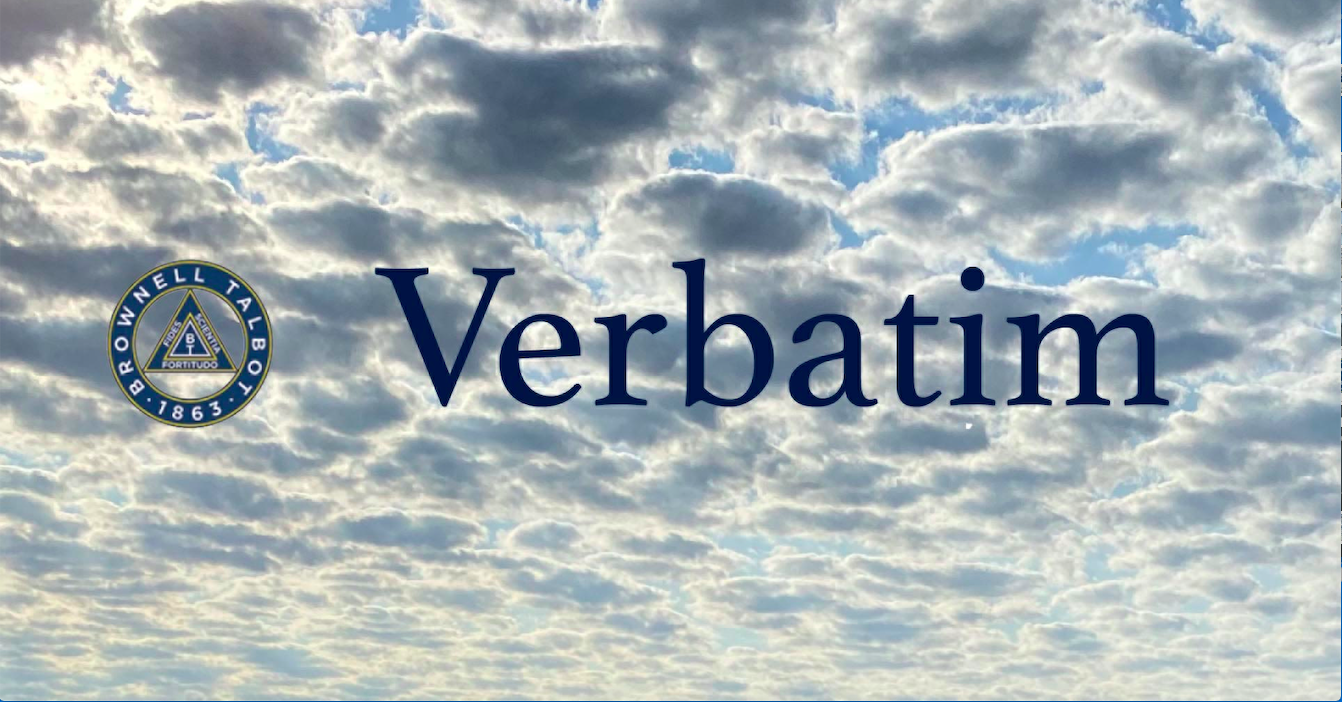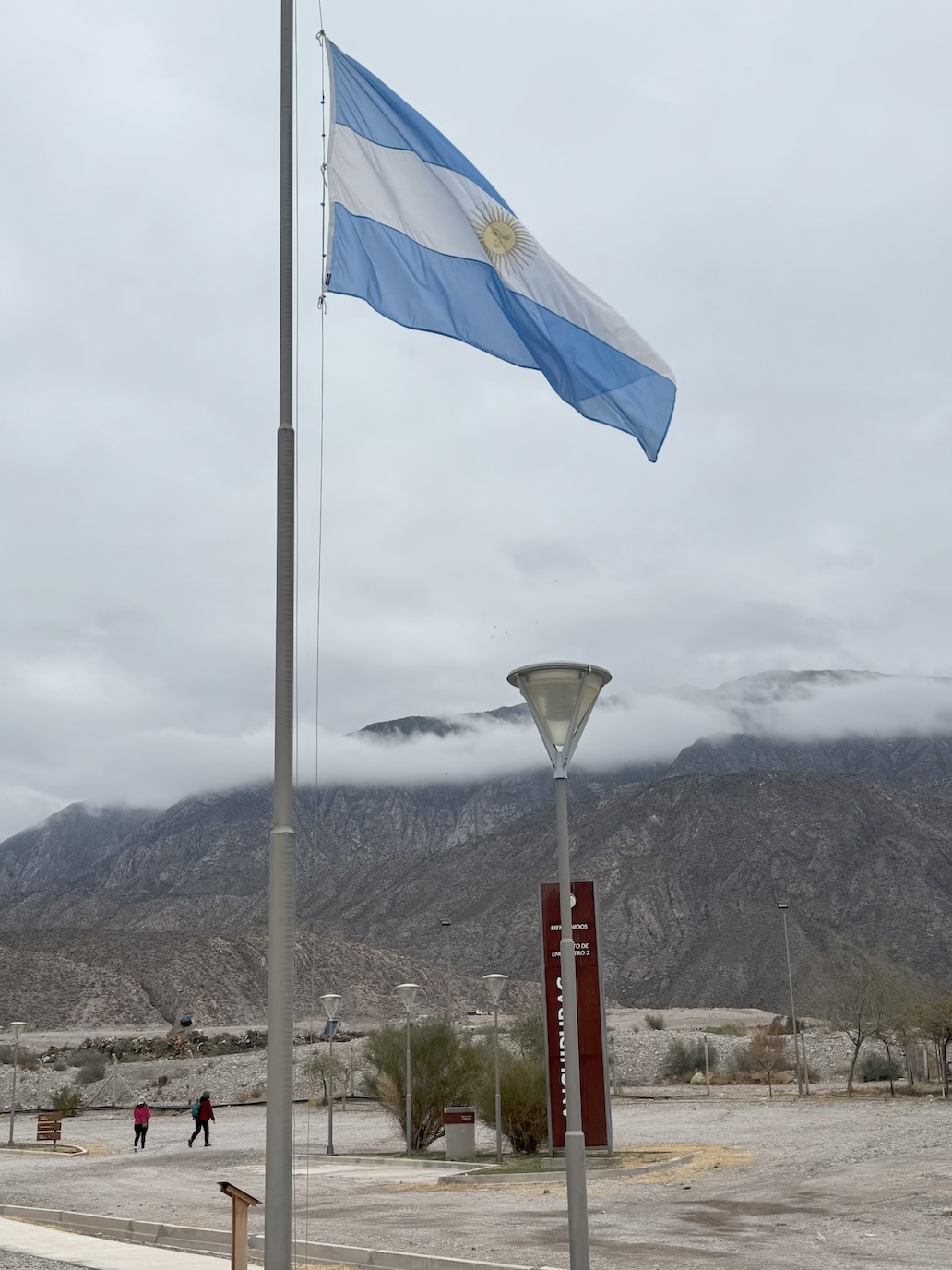What if school wasn’t just about the classroom, but about the culture that surrounds it? My 3 week exchange period in Argentina turned that “what if” into reality, showing me a world where academics, culture, and daily life blend in surprising ways.
As a Youth Ambassador with the US Department of State, I was expecting an interesting but familiar academic experience—something like school in the U.S., just in a different language and setting. I was in for a surprise. Living with a host family and talking to my host siblings showed me how different and fascinating daily life can be down the equator.
Most children attend prestigious pre-university institutions for schooling where getting in means passing competitive entrance exams, much like private schools in the US. This creates a serious academic atmosphere, unlike many typical US high schools.
English is taught in schools, but most people don’t speak it very well. In fact, one of the only words my host sister knew was the word “door.” Although classes are mandatory, resources are limited, and most students struggle beyond the basics. I often found myself helping my siblings practice, which made me appreciate the education I’ve had.
What stood out most was the passion for soccer, or football, as they call it. After school, every kid heads straight to the soccer field, kicking the ball with enthusiasm. It’s not just a sport; it’s a daily ritual that brings friends together and fuels local culture. In contrast, sports in the US tend to be more varied and seasonal.
School days start early at 8 a.m. and go until 5 p.m. That sounds long and grueling, but students actually get to go home at 1 p.m. for a 2-hour lunch break with their families before returning to school. My host siblings would come home just to eat delicious corn empanadas with me and watch movies before hopping back onto their bikes and heading back to school.

Most students bike or walk to school, unlike in the US where we all drive. Additionally, students in Argentina don’t even need to know to drive until they’re much older! There are no school buses as most children live extremely close to the classroom.
Dinner was another surprise. Unlike the U.S., where dinner is usually around 6 or 7 p.m., Argentine families eat late. On most days, we’d eat dinner at 11 p.m.! Sitting with my host family and sharing food and stories after sunset, I realized dinner here isn’t just a meal; but it’s a chance to slow down and really connect.
Living in Argentina was more than a challenge, it was cultural immersion. In the small city of San Juan, I learned that school life reflects deeper traditions, from the competitive pre-university system and the love of soccer to the importance of family and daily routines. Education isn’t just what happens in the classroom, it’s how you live, connect, and grow every day.
Looking back, my time in Argentina gave me a new perspective on life and school—one that I’ll carry with me forever. And maybe next time, I’ll be ready for those late night dinners!








